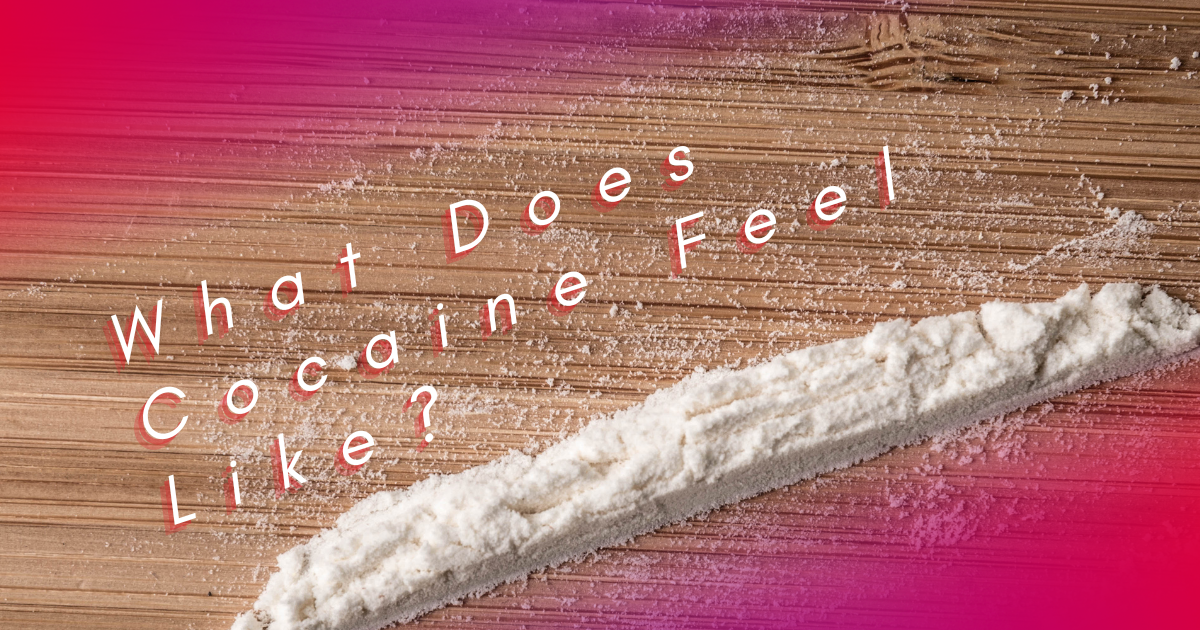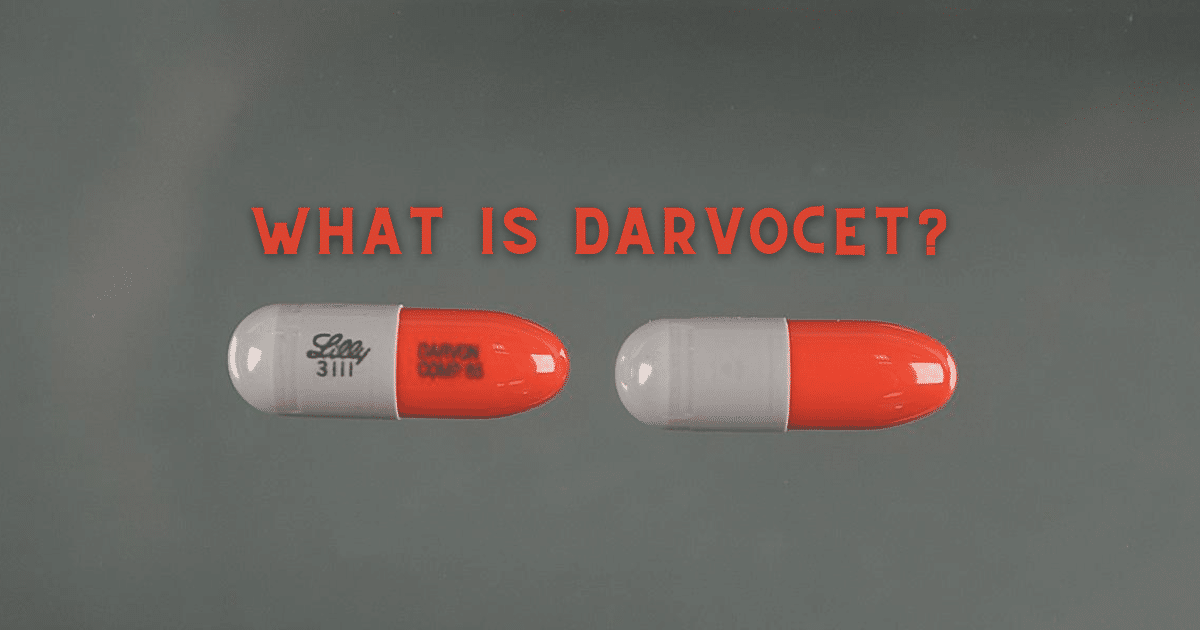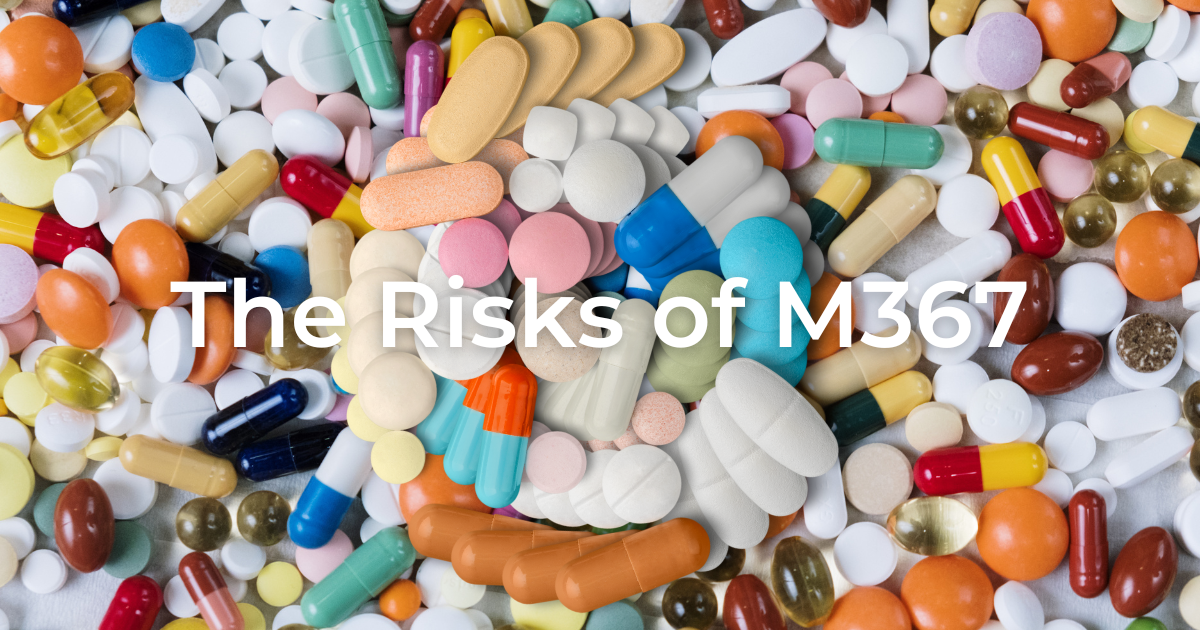Opioid use disorder is continuing to spiral out of control in the US and throughout the world.
Every day, 130 Americans die from opioid overdoses. According to the Centers for Disease Control and Prevention, the economic cost of opioid abuse is a whopping $78.5 million.
With 1.7 million US citizens suffering from substance abuse disorders relating to abusing prescription opioids and almost one-third of all those prescribed opioids for chronic pain misusing them, the situation has reached crisis levels. Indeed, the opioid issue was declared a Public Health Emergency back in October 2017.
We’ll be looking today at why opioids are so easy to abuse and the domino effects that impact families as well as users. To better understand the severity of this crisis, we first need to look at what opioids are and how remarkably easy it is to become addicted to them.
What Are Opioids?
Opioids stimulate opioid receptors in the brain and come in synthetic or natural form.
This class of drugs includes heroin, but today we’ll be focusing on synthetic opioids in the form of prescription painkillers.
This type of medication lowers the number of pain signals the body sends to the brain and influences the way the brain responds to pain. While pain relief is the core purpose, the euphoric effects opioids deliver means there is obvious abuse potential.
By interacting with the opioid receptors in the brain and on nerve cells throughout the body, perception of pain is altered. Along with this positive, users can also experience drowsiness, confusion and severe nausea. It’s the euphoria that opioids can trigger that is particularly dangerous, though. Even more hazardous is the way opioids can depress respiration when taken in high doses.
Opioids are commonly prescribed for chronic pain. They are also routinely administered to treat acute pain following surgery and injuries. Opioids are even used for dental procedures.
Some opioids commonly prescribed for pain relief include:
- Codeine
- Hydrocodone (Vicodin)
- Morphine
- Oxycodone (OxyContin)
Codeine and morphine need no introduction while OxyContin abuse was flagged as a nationwide problem back in 2001.
There are also some particularly potent synthetic opioids, some of which are not so well publicized but they can be even more damaging than the usual suspects above.
These synthetic drugs include:
- Carfentanil
- Fentanyl
- Methadone
- Pethidine
- Tramadol
Fentanyl is 100 times more powerful than morphine and at least 50 times more potent than heroin. Back in May 2018, the DEA labeled fentanyl “the most significant synthetic opioid threat to the US.”
Carfentanil is a fentanyl analog that’s a staggering 10,000 times the potency of morphine. This is prescribed to manage the most severe pain but it’s unfortunately found its way onto the black market, too.
Tramadol might be considered a fairly benign painkiller but it’s remarkably easy to build a tolerance to it which can lead to abuse.
While opioids are safe if used precisely as directed, many people simply don’t follow the doctor’s instructions. Misuse can very easily bring about addiction in the form of opioid use disorder. What does opioid disorder mean, though?
Opioid Use Disorder: A Definition
According to the DSM-5 (the fifth edition of the Diagnostic and Statistic Manual of Mental Disorders), opioid use disorder (OUD) is defined as any problematic pattern of opioid use causing substantial distress or impairment.
For a diagnosis of OUD to be confirmed in line with DSM-5, two of the following need to be observed during a 12-month period:
- Opioids are taken in escalating quantities or for longer than intended
- The user exhibits a persistent desire to cut down or control opioid use and may try to do so with limited or no success
- Large amounts of time are devoted to acquiring opioids or recovering from abusing the drug
- There’s a marked craving or urge to use opioids
- Ongoing opioid use leads to the neglect of responsibilities at home, school or work
- Opioid use continues despite persistent social and interpersonal problems occurring
- The persistent use of opioids leads to normal social and recreational activities taking a back seat along with problems at work cropping up
- There’s a history of opioid use even in situations where using the drug is dangerous
- Use continues despite acknowledgment that the situation is becoming problematic physically or psychologically
- Tolerance builds
- Attempts to cut down or give up opioids triggers withdrawal symptoms
How Is The Disorder Diagnosed?
When opioid use disorder is suspected, a thorough evaluation including urine testing and prescription drug monitoring program reports (PDMP) can determine whether or not opioid misuse has descended into OUD.
The above DSM-5 model is used and OUD is assessed on a continuum of severity depending on the number of criteria the user meets. Mild, moderate and severe instances of OUD all come with different treatment implications.
So, with that overview of what constitutes opioid disorder in place, maybe you’re concerned about your own use of prescription painkillers. Perhaps someone you know might have a problem.
What should you look out whether in yourself or a loved one if you have reason to believe opioid use could be careening out of control?
Symptoms of Opioid Use Disorder
The signs and symptoms of opioid abuse, like any form of substance abuse are multi-pronged. They can be physical, psychological or behavioral.
The most obvious sign that a problem might be escalating is an inability to stop using opioids or a failure to use them in the prescribed amounts.
There are some other common physical and psychological symptoms that might indicate the onset of opioid use disorder such as:
- Agitation
- Anxiety attacks
- Constipation
- Depression
- Drowsiness
- Euphoria
- Irritability
- Low motivation
- Making poor decisions
- Mood swings
- Nausea and vomiting
- Neglecting responsibilities
- Poor coordination
- Shallow or slow breathing
- Sleeping too little
- Sleeping too much
- Slurred speech
The first step toward recovering from opioid addiction is recognizing you have a problem. If you’re using prescription pills and become aware of any of the above issues, you should consider speaking frankly with your doctor.
Why is it so important to take action quickly if you suspect opioid use is shifting toward misuse?
Well, opioids can lead to physical dependence in a very short period of time. In the late 90’s, pharmaceutical companies assured the medical community that patients ran no meaningful risk of becoming addicted to opioids, and they were prescribed in mounting numbers. It soon became clear this was not the case. Physical dependence can come about in as little as 4 to 8 weeks.
Unfortunately, if you try to abruptly stop using opioids, you can experience acute withdrawal symptoms from pain and cramps through to vomiting and insomnia. Intense cravings combined with anxiety and depression makes it the easiest thing in the world to just take another pill. This, of course, perpetuates the vicious cycle. Ease of access to prescription drugs further fuels the fire.
The American Medical Association (AMA) estimates that up to 19% of all patients taking prescription painkillers develop an addiction. Even worse, almost half of all heroin users started out with an addiction to prescription opioids according to the AMA.
If you’re abusing opioids, then, you’re certainly not alone. Far from it. More than half of all those misusing medication resort to stealing opioids from family members, using multiple doctors to get extra prescriptions or using a rotation of pharmacies to disguise the quantity being taken.
Before opioid use disorder is diagnosed and treated, it can have ruinous effects, both short-term and long-term which we’ll briefly explore before looking at treatment options.
How Does Opioid Use Impact Your Life?
If you’re suffering from any of the symptoms of opioid use disorder above, you’ll already have noticed some debilitating effects on your own life. Performance at work can take a nosedive while maintaining an interest in social activities can become tough. Depression and anxiety can plague your mind while nausea and drowsiness can manifest physically. Rather than the pain being numbed, new pain presents itself.
The problem with opioid misuse, though, extends beyond the user, it can affect friends and loved ones. Sadly, since OUD is a biological brain disease, the behavior of someone addicted to opioids is all too easy to view as deliberately harmful and antagonistic toward those closest to them. With education and understanding, this attitude can be overcome.
When a parent develops opioid use disorder, it’s all too easy for them to unwittingly neglect their children. In the worst scenario, this can even turn into child abuse.
Pregnant mothers abusing opioids can end up harming the unborn child. Nutritional neglect often accompanies any kind of drug dependency. It’s also common for these women to sidestep prenatal care to keep their addiction concealed. This is not a minor problem either. As the number of pregnant women using pain medications continues to rise, infants are being born with defects and even severe withdrawal symptoms due to Neonatal Abstinence Syndrome. As many as 6 in 1000 babies born in the US are addicted to opioids through abuse on the part of the pregnant mother. This can result in severe long-term health effects.
More generally, opioid abuse can affect a number of core areas including:
- Cardiovascular system
- Central nervous system
- Endocrine system
- Gastrointestinal system
- Immune system
- Respiratory system
As the dosage increases, the risk of overdose increases. This can be fatal.
Whatever the nature of the opioid use disorder, whether it’s your own life unraveling, negative effects felt by your family or a concern about what might happen to your unborn child, there is some good news.
While dependency sets in easily, there are a number of effective treatments for OUD.
Treatment for Opioid Use Disorder
The first step in breaking any addiction is coming to terms with the fact you have a problem then realizing that you can actually control your own behavior to a large extent.
In order to start down the road to recovery, you’ll need to commit to fighting back and speak with your doctor, even if that same doctor is the one prescribing the medication. You should also seek the support of your friends and family.
Any assessment from a medical professional should include the following:
- An evaluation of medical and psychiatric history along with any history of substance use
- A look at what family support system is in place
- The frequency of opioids use and the route of delivery
- History of prescription drug use to establish any possible adverse interactions if treatment involves medications
- Whether there have been any previous attempts to stop using opioids and, if so, what treatment was used and what was the response
Once opioid use disorder has been established along with the severity, effective treatments are available. Unfortunately, only one in four people with OUD seek out the help of specialty treatments. If you have a problem, take action and make sure you’re among that number.
Medication-assisted treatment (MAT) can be a highly effective approach to combating OUD when combined with counseling and behavioral therapy. Cognitive behavioral therapy (CBT) can help with motivation and serve to reduce the chance of relapse. Group programs like Narcotics Anonymous can also be beneficial.
So, medication is only one layer of attack against opioid abuse disorder and it’s actually perfectly safe. According to NIDA (the National Institute on Drug Abuse), using medication does not equate to substituting one addiction for another. The modest dosages used during MAT won’t induce a high but will simply help to mitigate cravings and ease withdrawal symptoms. Medication, when properly used, can also help re-calibrate the brain circuits impacted by addiction.
What medication actually works, then?
Three medications have FDA approval and they are all frequently used to treat more severe cases of opioid use disorder.
- Buprenorphine: Buprenorphine blocks the effects of opioids and helps to bring withdrawal symptoms to a more manageable level.
- Methadone: A maintenance medication, methadone can also reduce cravings and lessen withdrawal symptoms, and there’s no euphoria induced. Methadone is only available in regulated clinics.
- Naltrexone: Another medication that blocks the euphoric effect of opioids, naltrexone is available from healthcare providers either in pill form or through a monthly injection.
To reiterate, medication is only one strand of an effective treatment plan and should never be used in isolation. You should also be aware that opioid use disorder normally requires ongoing care, certainly in the early stages of recovery.
What To Do Next
If you suspect you’re addicted to opioids and you don’t want to continue down that destructive path, the first thing you should do is speak openly and honestly with your doctor. Drug and alcohol recovery is absolutely possible with the right support in place.
If you need any further information about opioid use disorder, or you’d like to speak about the various treatment options available, call us at 317-325-8331. One of our team will be more than happy to help out.

Choose Recovery Over Addiction
We're here 24/7 to help you get the care you need to live life on your terms, without drugs or alcohol. Talk to our recovery specialists today and learn about our integrated treatment programs.




